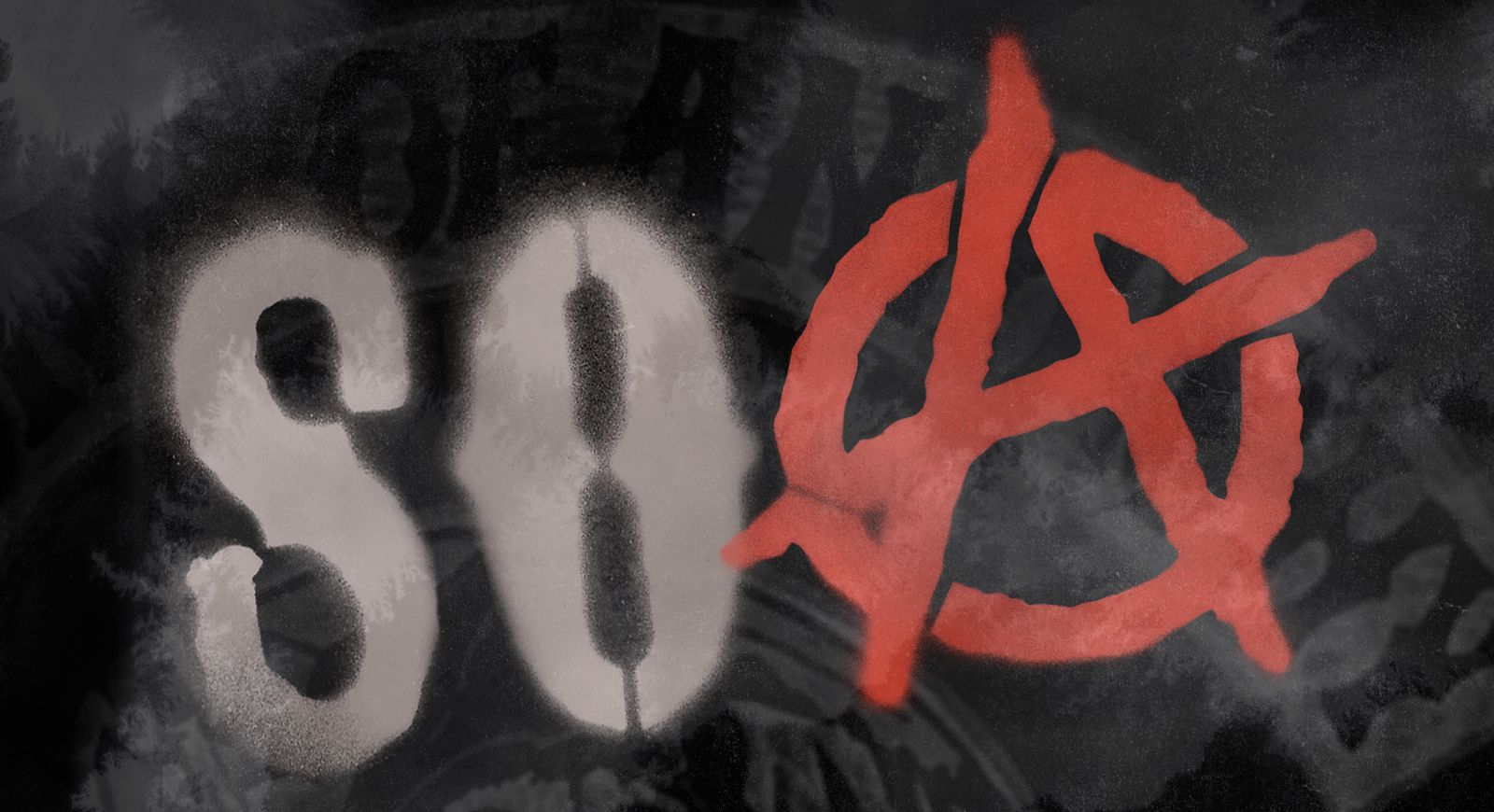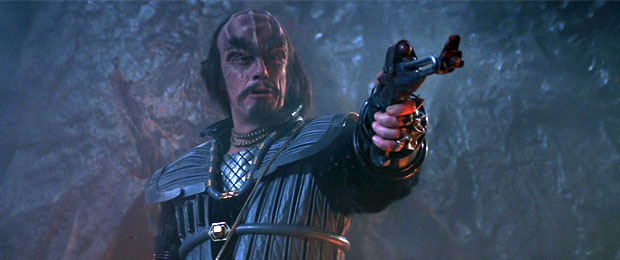Posts Tagged Part 2
Service Oriented Anarchy
The Enterprise Application Architecture, Part 2
SOA. Sons of A…. I mean Service-Oriented Architecture. What exactly is this? And what’s the big deal?
In Part 1, I talked about Software as a Service, and mentioned Platform as a Service as well as Infrastructure as a Service. Each of those strategies is taking a commonly used aspect of technology and converting it to a service that can be accessed over the Internet. SaaS, as I mentioned in Part 1, is about delivering an application over the Internet to an end consumer, or simply, a distribution method. SOA, on the other hand, is architectural approach for application development, or a development method. By converting all parts of a system to act as independent services, then those same pieces can be used by multiple applications, all having a common framework for communication, referred to as a service bus. These pieces become the building blocks for a larger system, enabling the parts to easily interact with one another.
IBM uses a combination of multiple definitions to elaborate on SOA :
- A set of services that a business wants to provide to their customers, partners, or other areas of an organization
- An architectural style that requires a service provider, mediation, and service requestor with a service description
- A set of architectural principles, patterns and criteria that address characteristics such as modularity, encapsulation, loose coupling, separation of concerns, reuse and composability
- A programming model complete with standards, tools and technologies that supports web services, REST services or other kinds of services
- A middleware solution optimized for service assembly, orchestration, monitoring, and management
The more you search around the Internet, the more varied and diverse definitions you find for SOA. As Martin Fowler, software developer, author and Chief Scientist for ThoughtWorks (a technology consulting company), says in his 2005 article Service Oriented Ambiguity:
- For some SOA is about exposing software through web services. This crowd further sub-divides into those that expect the various WS-* standards and those that will accept any form of XML over http (and maybe not even XML).
- For some SOA implies an architecture where applications disappear. Instead you have core services that supply business functionality and data separated by UI aggregators that apply presentations that aggregate together the stuff that core services provide.
- For some SOA is about allowing systems to communicate over some form of standard structure (usually XML based) with other applications. In it’s worse form this is “CORBA with angle brackets”. In more sophisticated forms this involves coming up with some form of standard backbone for an organization and getting applications to work with this. This backbone may or may not involve http.
- For some SOA is all about using (mostly) asynchronous messaging to transfer documents between different systems. Essentially this is EAI without all the expensive EAI vendors locking you in.
So do we have a better understanding of SOA? Or is it chaos and anarchy? I think his definition by Oracle was simple enough for a begining understanding: “A service-oriented architecture is a way of sharing functions (typically business functions) in a widespread and flexible way.”
Disruptors set to Maximum….
Digital Disruption, Part 2
(for the non Star Trek fans in the room, Klingons typically use a weapon called a disruptor)
So what do we mean when we say that technology is disruptive? A simple definition, as provided by Technopedia, is “Disruptive Technology refers to any enhanced or completely new technology that replaces and disrupts an existing technology, rendering it obsolete.” Disruptive technology can be hardware, software, networks, new processes and any combination of those as well. Typically, the success of a disruptive technology is unexpected. This is due to the fact that most disruptive technologies lack refinement, have some performance problems, are only known to a limited audience and may not yet have practical applications at the time of their creation (Christensen, 1997). It’s not until later, once some of those issues are addressed, that the existing technology starts to be impacted and potentially threatened.
Another aspect of disruptive technology is that once it starts being adopted, it has the potential to transform the way we live and work, enable new business models, and provide a way for new companies to upset or disrupt the established order (Manyika, et.al. 2013). At first glance, that may seem exaggerated, yet consider this list of technologies that were/are considered as disruptive at their time in history:
- Steam Power
- Assembly Line Manufacturing
- World Wide Web / Internet
- Personal Computer
- Mobile Phones / Smartphones
- Video Streaming
- Cloud Technology
There are hundreds more examples of technology that we take for granted today, which when it became public, it may not have been well accepted. I doubt any of the original creators of these ideas had a concept of how great an impact their creation would have on the future society. And the technologies that were replaced were firmly entrenched as the “leaders” of their realm. Yet, can we image a world today without any of these technologies? And if these technologies alone had such a huge impact on our society, then what is in store in the future? There are emerging technologies that we see today such as 3D printing, self-driving vehicles, robotics & AI, the Internet of Things, and virtual reality. We can already begin to see the impact these technologies have on consumers and companies are starting to be impacted as well.
What’s the next big thing around the corner and how much will it change our society? And how do we adopt these new technologies?
References:
Christensen, C. (1997). The Innovator’s Dilemma: Management of Innovation and Change. Harvard Business School Press.
Manyika, J., Chui, M., Bughin, J., Dobbs, R., Bisson, P., & Mars, A. (2013). Disruptive Technologies: Advances that will transform life, business and the global economy. McKinsey Global Institute. Retrieved August 29, 2017 from http://www.mckinsey.com/business-functions/digital-mckinsey/our-insights/disruptive-technologies

